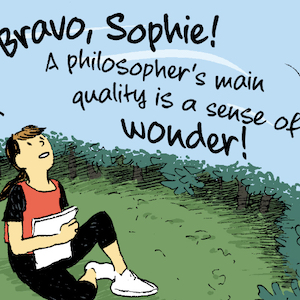Fantasy: The Imagination of Yakov Chernikhov
By Jo Phillips
For an artist who seems to so effortlessly capture the Soviet Constructivist zeitgeist, Yakov Chernikhov bore little allegiance to any of the early 20th Century’s pervading movements. Surrounded by fierce followers of futurism, suprematism and rationalism, Chernikhov cared little for their theories but soaked up their ideas and visions, transforming them into stunning, unconstrained architectural fantasies. Labelled as an amateur by some and as the Soviet Piranesi by others, there is no doubting Chernikhov’s prolificacy – thousands of drawings chart his changing visions and the changing atmosphere of Russia and are still some of the most powerful paper architecture ever produced.

The Giant Plant of Special Purpose with its soft cylindrical forms and cuboids raised on delicate steel legs. Source: shellysdavies
Funding the publication of his drawings through work as a draughtsman, Chernikhov struggled to gain popularity. Adding textual explanations to his drawings was seen by many to weaken them; if anything it was their pure vision, devoid of any esoteric message, that made them so absorbing. Nonetheless Chernikhov’s pieces brought the ideas of architectural industry and mechanisation into artistic representation in a way never seen before. Following only his own rules and precedents, forms are presented plainly with no decoration, finding a beauty in the simple combination of cube and cylinder or a thin, twisting metal truss; we almost feel the weight of the objects drawn. It is the dual aspects of technical and material solidity with a self generating logic and artistic grace that set Chernikhov apart. This, with a sense of wilful fantasy, has seen his images leave a lasting impression more concrete than any of his physical architecture. Through his publications one can track Chernikhov’s style as it becomes more realistic and even romantic yet retains its industrialist heart.

Composition 18. Source: thecharnelhouse
Following two relatively unpopular publications in 1930 and 1931 (Foundations of Contemporary Architecture and Architecture of Machine Forms respectively), Chernikhov published the work ‘Architectural Fantasies’ in 1933, alongside an accompanying exhibition. Over two thousand drawings explored a vast range of forms, colours, compositions and methods in what remains the greatest demonstration of his talent. Into the mid 1930s and 40s, Chernikhov’s style shifted with a series devoted to complexes and palaces of communism. The crisp lines and bold colours of his earlier work are replaced with dark, gothic visions with a far greater sense of place and atmosphere in line with the works of Piranesi. The avant-garde were subdued by an oncoming renewed interest in classicism, and Chernikhov’s vivid mechanical imaginings became almost frightening. Whether these vast dystopian cityscapes bathed in hazy light remained pure visions or began to critique the communist regime is uncertain, but the palaces and cities portrayed by Chernikhov were refused publication.

Palace of Communism. A murky, subdued palette renders this gothic depiction inspiring yet sinister. Source: metropolisoftomorrow
Such unusual ideas led to a great distrust of Chernikhov by the regime. He built very little, even less of which remains, none of the projects big enough to get a real sense of what could have been achieved were he allowed. The tower of the Krasny Gvozdilshchik in St. Petersburg gives some small insight into the translation of so many ideas into a concrete form, despite its decaying appearance. But perhaps it is best that they remain on paper, as pure fantasy, where we can still question and imagine their purpose, function and vision.

The remains of Chernikhov’s tower at Krasny Gvozdilshchick. Source: mimoa.
Visit the website of the Iakov Chernikhov International Foundation (ICIF) for more information





